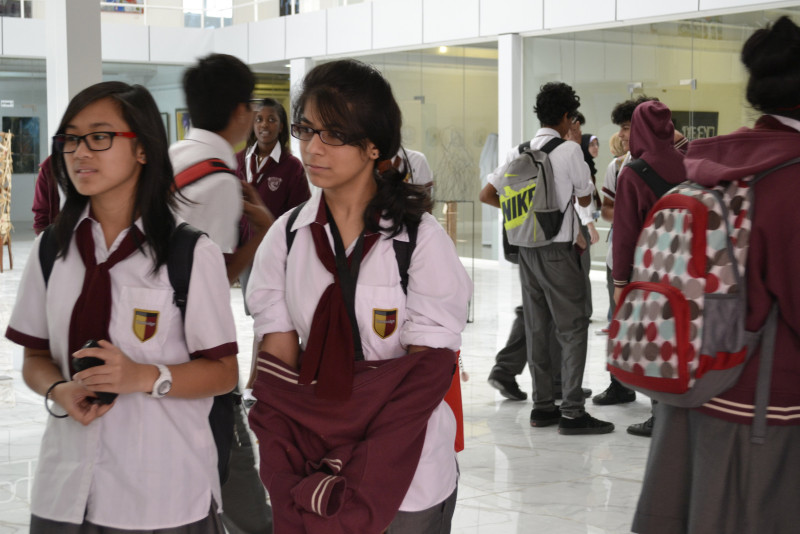Blended learning, combining traditional classroom instruction and online learning components, has gained traction in secondary schools worldwide. This blog delves into the perspectives of students attending Indian international schools in Abu Dhabi, regarding blended learning approaches.
Understanding Blended Learning in Abu Dhabi Secondary Schools
Blended learning integrates face-to-face instruction with online resources, interactive tools, and digital platforms to enhance learning experiences and flexibility for students. In Abu Dhabi secondary schools fees, including Indian international schools, have adopted blended learning models to adapt to the changing educational landscape.
Student Perspectives on Blended Learning
1. Flexibility and Convenience:
Students appreciate the flexibility and convenience of blended learning, allowing them to access course materials, complete assignments, and collaborate with peers at their own pace and schedule, both in school and remotely.
2. Personalised Learning:
Blended learning enables personalised learning experiences, catering to students’ diverse learning styles, interests, and abilities. Students can choose learning resources,
pace their progress, and receive targeted support and teacher feedback.
3. Engagement and Interactivity:
Blended learning enhances student engagement through interactive multimedia resources, simulations, and virtual labs that bring concepts to life and promote active participation. Students enjoy the interactive nature of online learning platforms and collaborative activities that foster peer interaction and discussion.
4. Access to Resources:
Blended learning provides students access to many educational resources and digital tools that complement traditional instruction, including e-books, videos, interactive tutorials, and educational apps. It enables students to explore topics in-depth, conduct research, and access up-to-date information beyond the confines of the classroom.
Challenges of Blended Learning
1. Technological Issues:
Students may encounter technological challenges, such as poor internet connectivity, device compatibility issues, or limited access to digital resources, hindering their ability to engage in blended learning activities fully.
2. Time Management:
Balancing online coursework with traditional classroom instruction requires practical time management skills. Some students may need help to allocate time effectively, leading to procrastination, missed deadlines, or feelings of overwhelm.
3. Social Interaction:
Blended learning may reduce opportunities for face-to-face social interaction and peer collaboration, impacting students’ social development and sense of belonging within the school community.
4. Teacher Support and Guidance:
Effective implementation of blended learning relies on teachers’ ability to provide support, guidance, and feedback to students navigating online learning platforms and resources. Inadequate teacher training or support may hinder students’ ability to benefit fully from blended learning experiences.
Addressing Student Needs
1. Infrastructure and Technology:
Schools must invest in robust infrastructure and technology to ensure reliable internet connectivity, access to digital devices, and comprehensive technical support for students.
2. Time Management Skills:
Schools can incorporate time management strategies and study skills training into the curriculum to help students effectively manage their workload and balance online and offline learning activities.
3. Social Interaction:
Incorporating collaborative projects, group discussions, and peer-to-peer activities into the blended learning environment can foster social interaction and community building among students.
4. Teacher Professional Development:
Providing ongoing professional development opportunities for teachers on blended learning pedagogy, technology integration, and online teaching strategies is essential for ensuring effective implementation and support for students.
Conclusion
Blended learning offers significant benefits for students attending secondary schools in Abu Dhabi, including Indian international schools, such as flexibility, personalised learning, engagement, and access to resources. However, technology-related challenges, time management, social interaction, and teacher support must be addressed to optimise the blended learning experience and ensure equitable student access and success.

